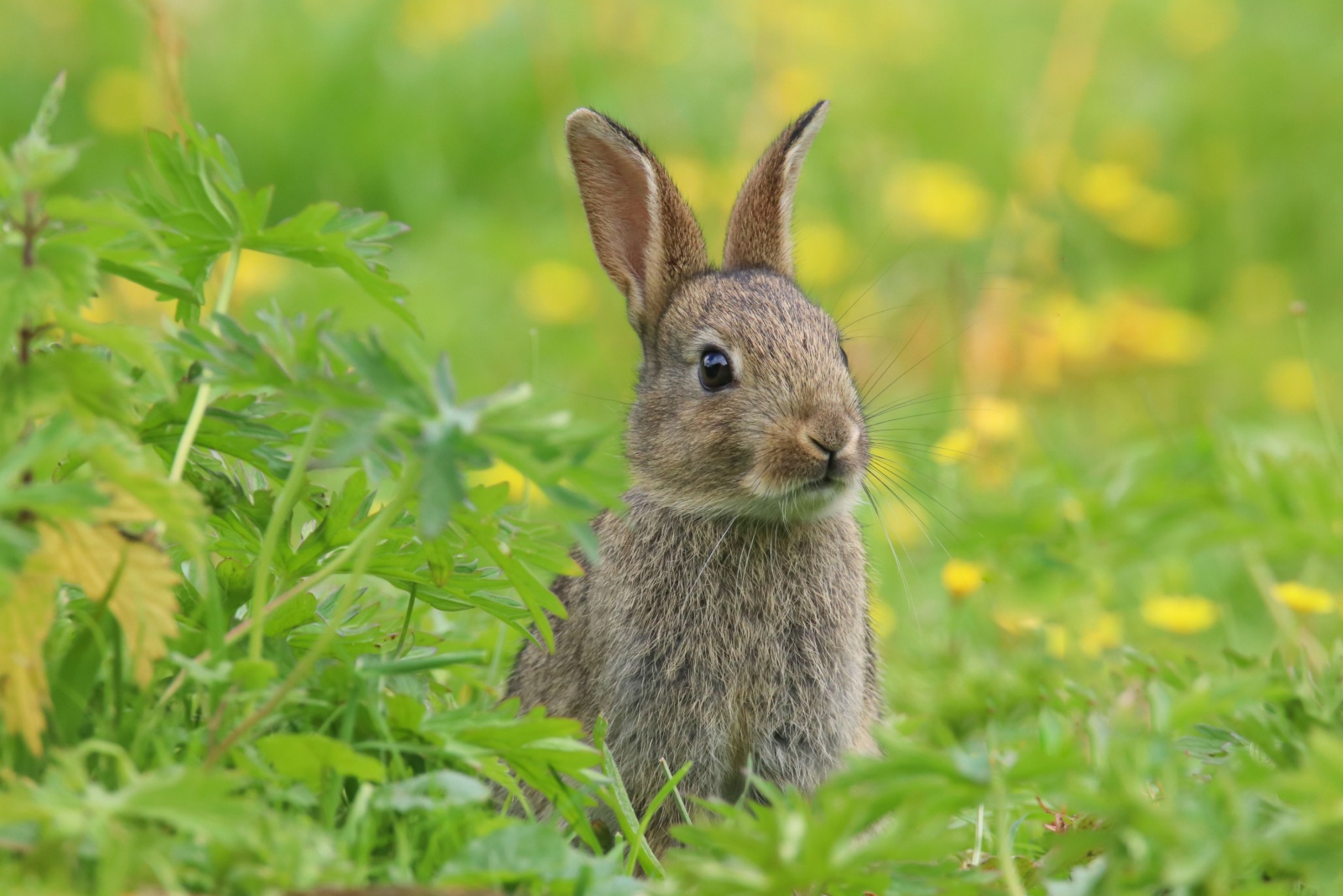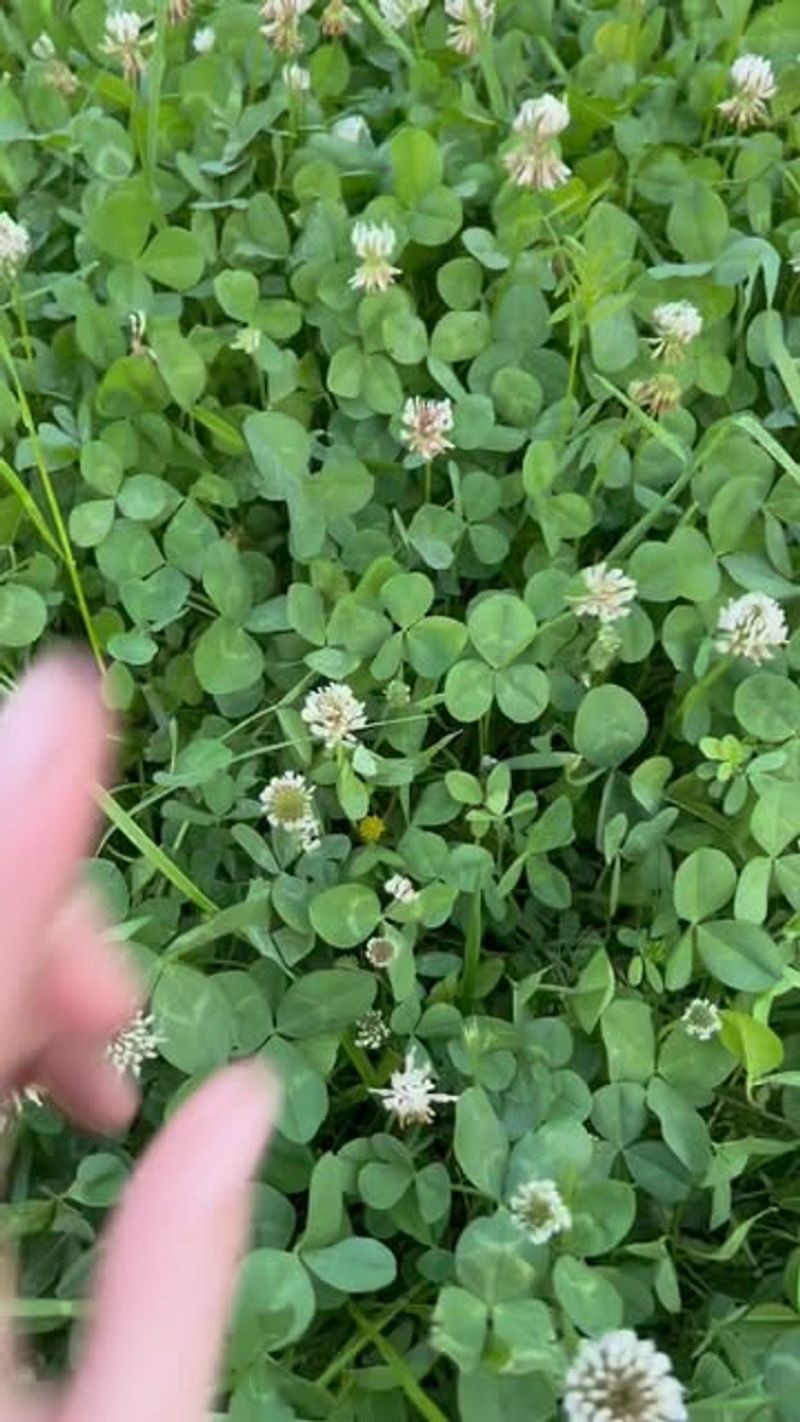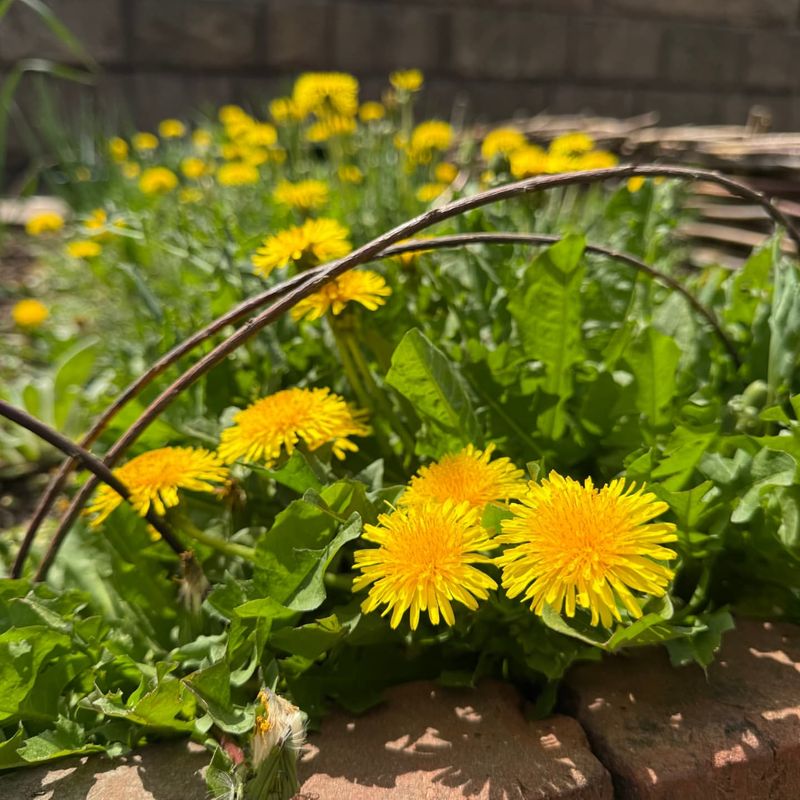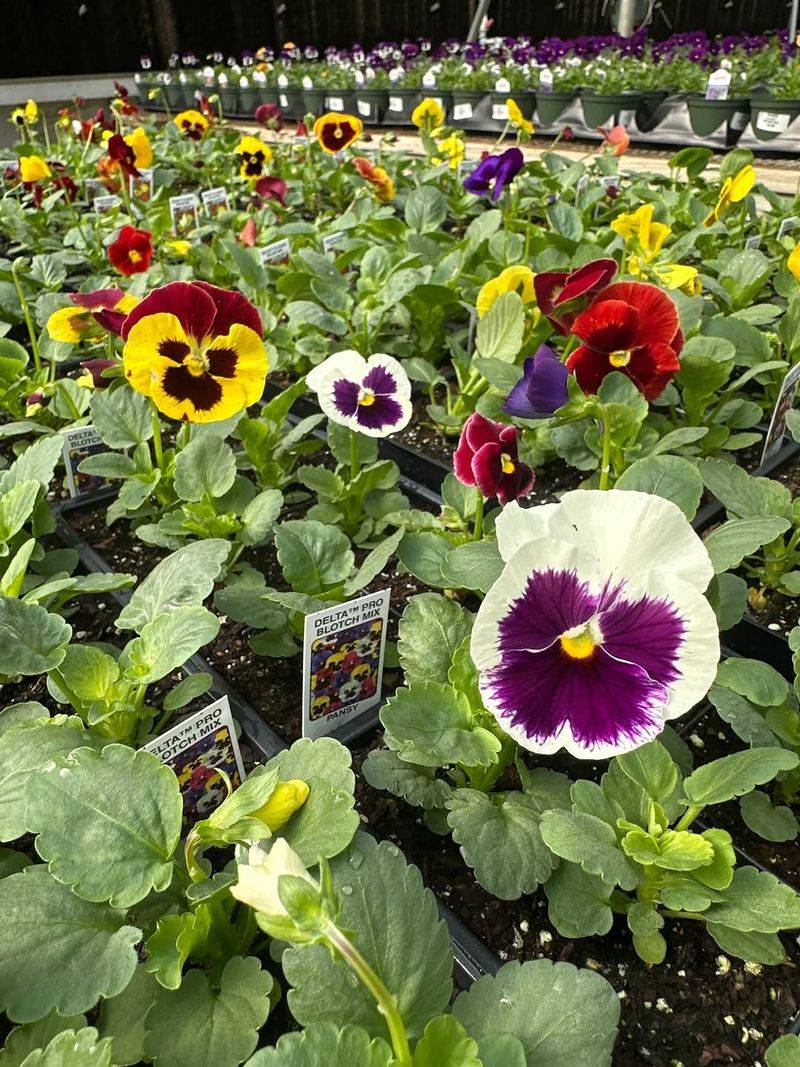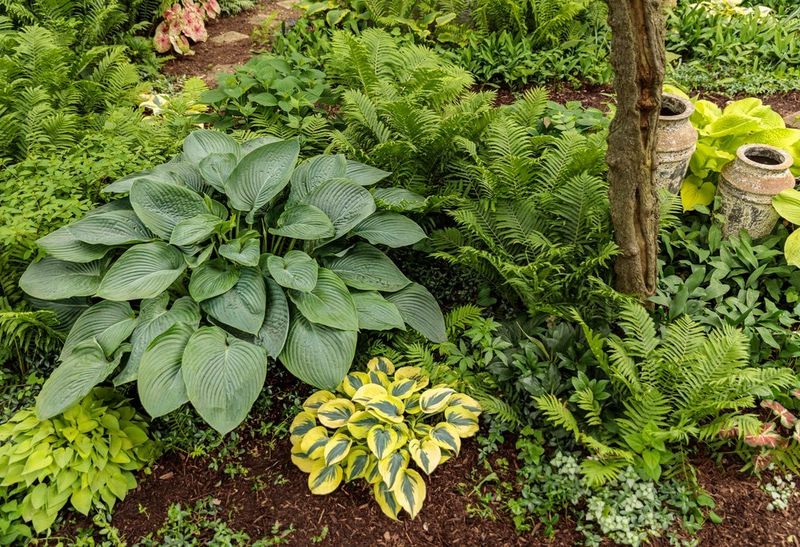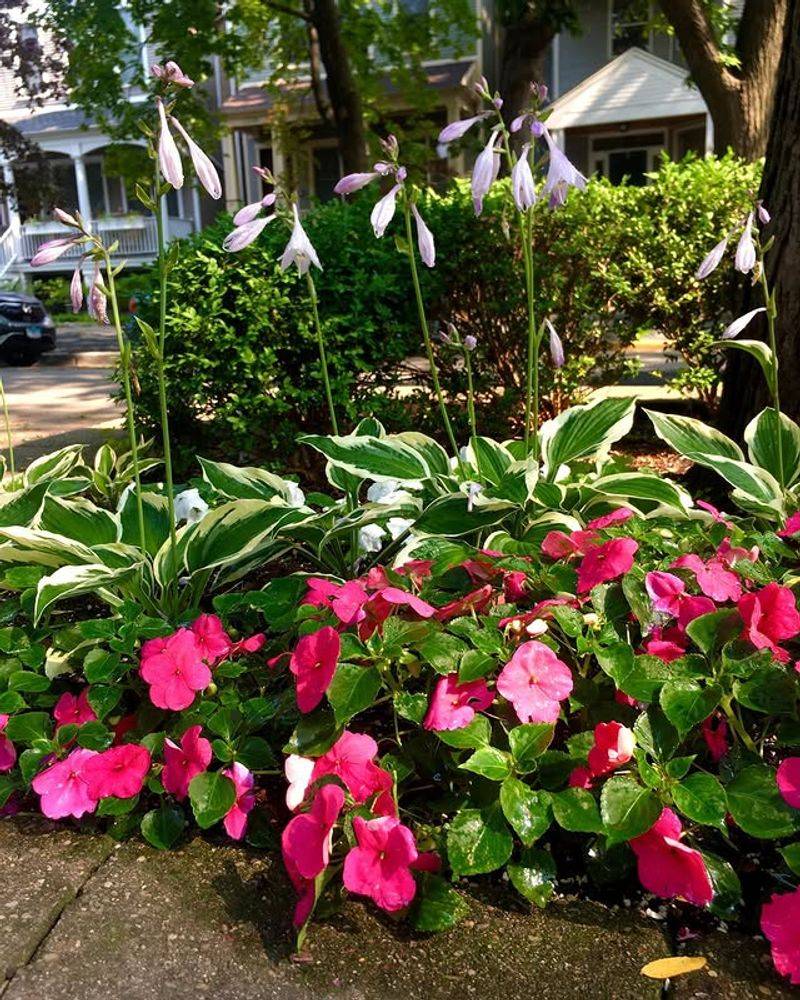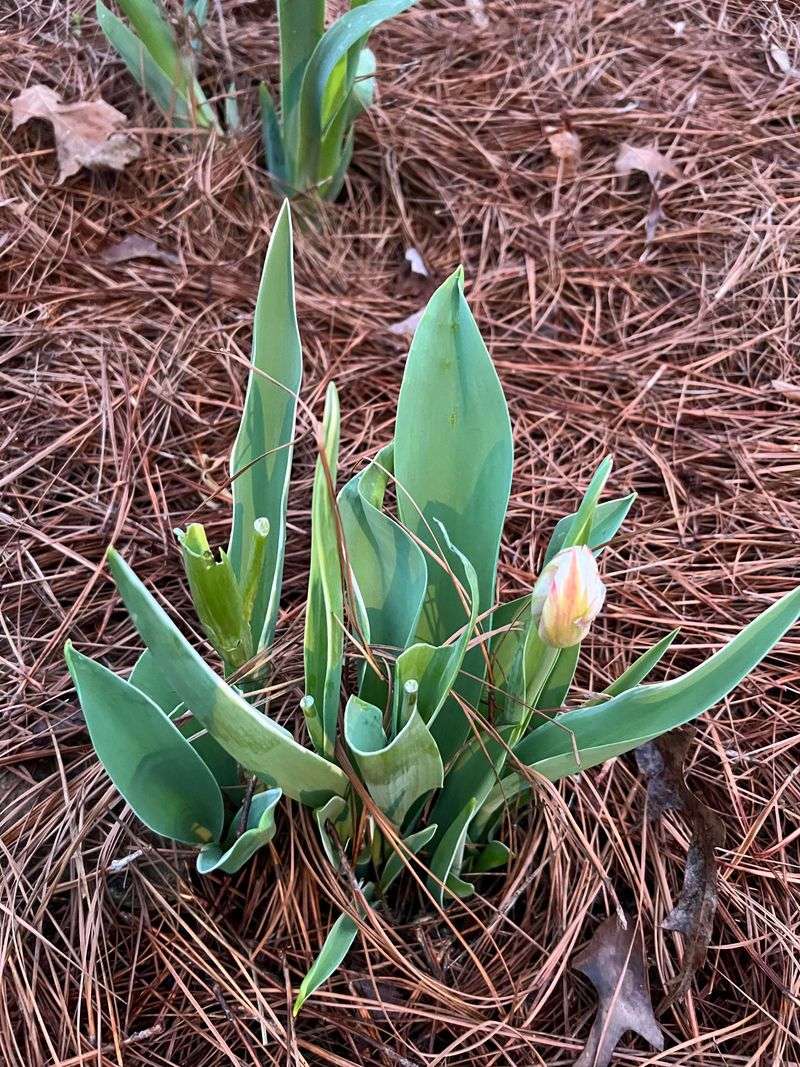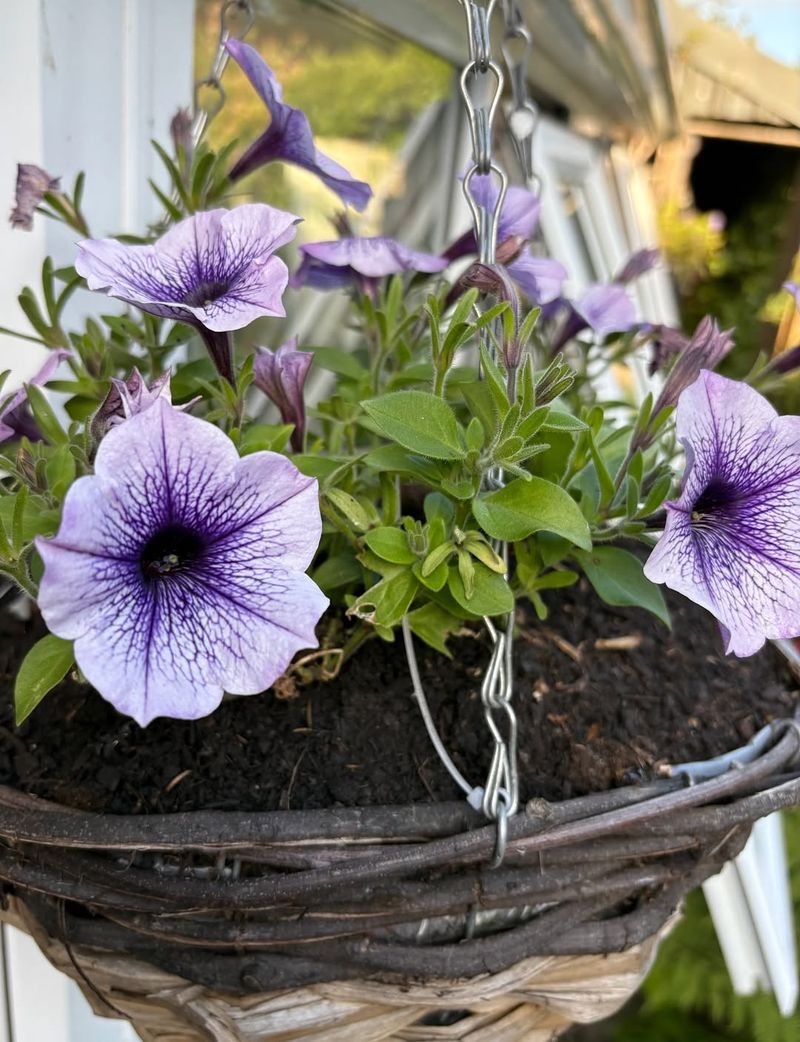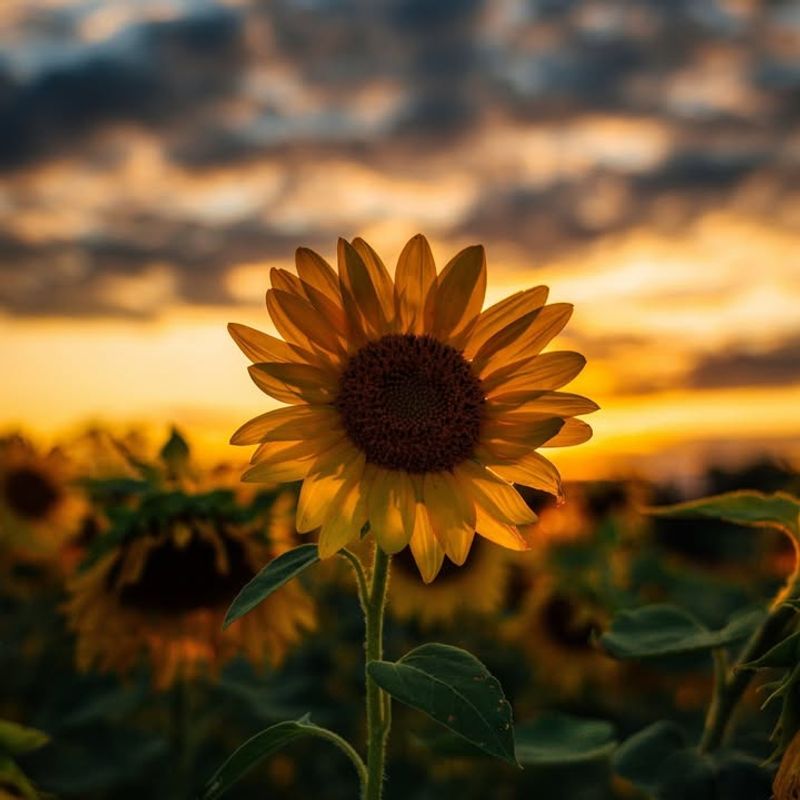Rabbits are adorable visitors to your backyard, but they have strong opinions about which flowers they love to munch on. If you live in Ohio and want to attract these furry friends, planting the right blooms can turn your garden into a rabbit paradise.
Understanding what rabbits find irresistible helps you create a wildlife-friendly space while knowing which plants might need extra protection from hungry bunnies.
1. Clover
Wild rabbits absolutely adore clover, making it their number one snack choice in any garden. Both white and red clover varieties grow easily throughout Ohio’s climate and spread quickly across lawns and flower beds.
Rabbits will hop right over to feast on the tender leaves and sweet flower heads. Clover also adds nitrogen to your soil, making it beneficial for other plants nearby.
Plant it in sunny areas for best results.
2. Dandelions
Most people consider dandelions pesky weeds, but rabbits see them as gourmet treats worth traveling for. Every part of the dandelion plant is edible and nutritious for rabbits, from the bright yellow flowers to the jagged green leaves.
These hardy plants pop up naturally across Ohio without any special care needed. Rabbits will munch dandelions from early spring through late fall.
Let a patch grow wild for your bunny visitors.
3. Pansies
With their cheerful faces and tender petals, pansies make a delicious snack that rabbits simply cannot ignore. These cool-season flowers thrive in Ohio’s spring and fall weather, producing continuous blooms that attract hungry bunnies.
Rabbits enjoy both the flowers and the soft green foliage underneath. Pansies come in dozens of color combinations, creating beautiful displays before rabbits discover them.
Expect nibbled plants if rabbits visit regularly.
4. Hostas
Hostas are like candy stores for rabbits, offering huge, succulent leaves that practically beg to be eaten. These shade-loving perennials grow abundantly in Ohio gardens, especially under trees and along north-facing walls.
Young hosta shoots emerging in spring are particularly tempting to rabbits returning from winter. A single rabbit can devour an entire hosta plant overnight.
Many gardeners struggle to protect their hostas from persistent bunny appetites.
5. Impatiens
Bursting with color and juicy stems, impatiens are rabbit magnets that rarely survive long without protection. These shade-loving annuals bloom profusely throughout Ohio summers, creating vibrant carpets of pink, red, orange, and white flowers.
Rabbits find the tender stems and leaves irresistible, often eating plants down to bare soil. The high water content makes impatiens especially appealing during hot, dry periods.
Consider fencing if you plant these beauties.
6. Tulips
Springtime brings tulips and hungry rabbits together in an inevitable meeting that often ends badly for the flowers. Rabbits love munching on tulip blooms, buds, stems, and even the bulbs underground if they can dig them up.
Ohio gardeners frequently discover headless tulip stems after rabbit visits during early morning hours. The sweet taste and crisp texture make tulips a rabbit delicacy.
Plant daffodils nearby as rabbits avoid those completely.
7. Petunias
Petunias put on spectacular shows with their trumpet-shaped blooms, but rabbits appreciate them for entirely different reasons than gardeners do. These popular annuals grow vigorously in Ohio’s summer heat, producing waves of colorful flowers from May through October.
Rabbits nibble both the flowers and the slightly sticky foliage with equal enthusiasm. Ground-level petunias face more danger than those in hanging baskets.
Rabbits cannot jump very high to reach elevated plants.
8. Sunflowers
Standing tall and proud, sunflowers seem safe from ground-dwelling rabbits, but the bunnies have other plans for the lower portions. Young sunflower seedlings and the broad lower leaves become rabbit snacks during spring and early summer in Ohio gardens.
Once sunflowers grow several feet tall, rabbits lose interest in the upper portions but continue grazing accessible foliage. The seeds attract rabbits too once flower heads mature and droop.

